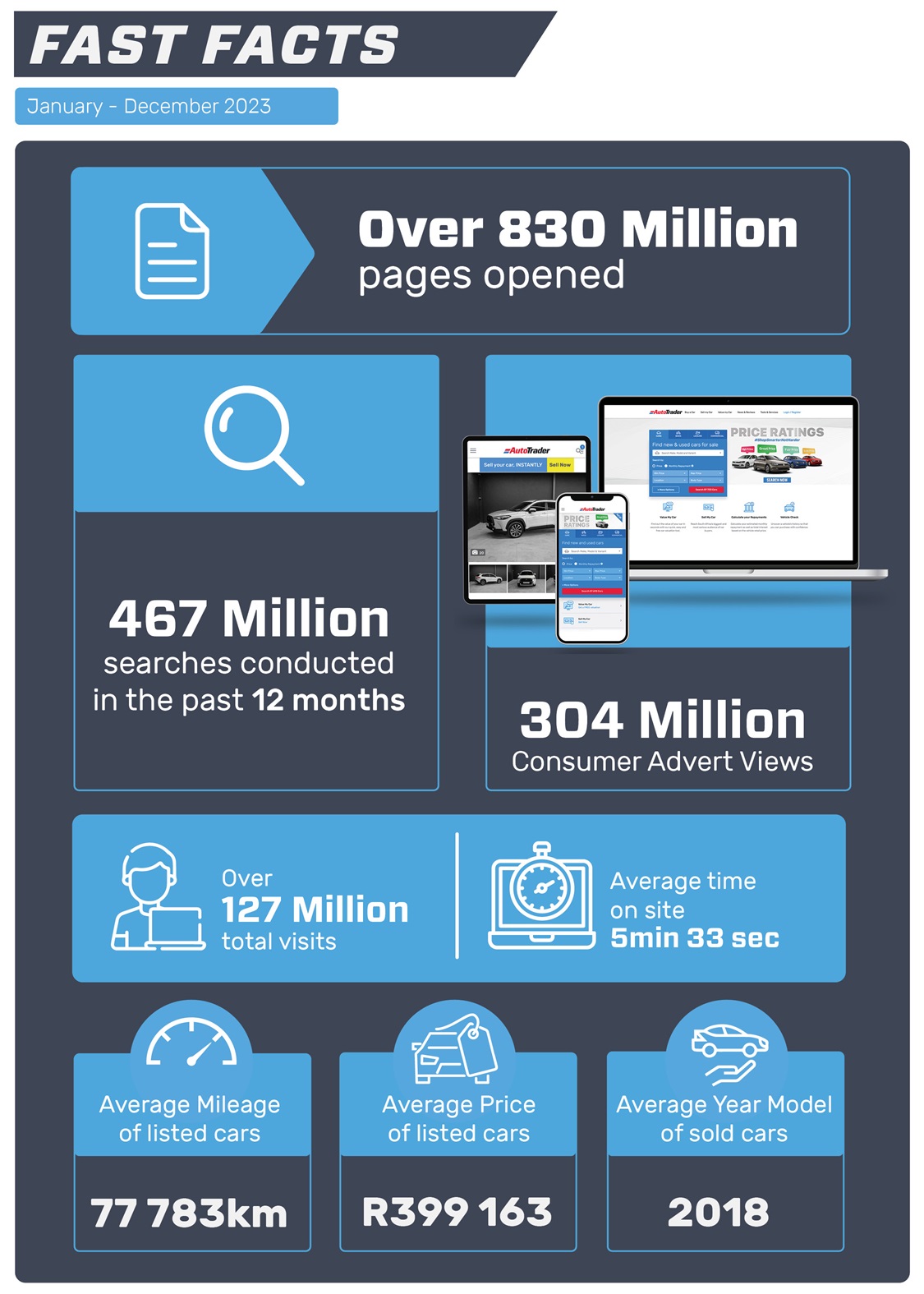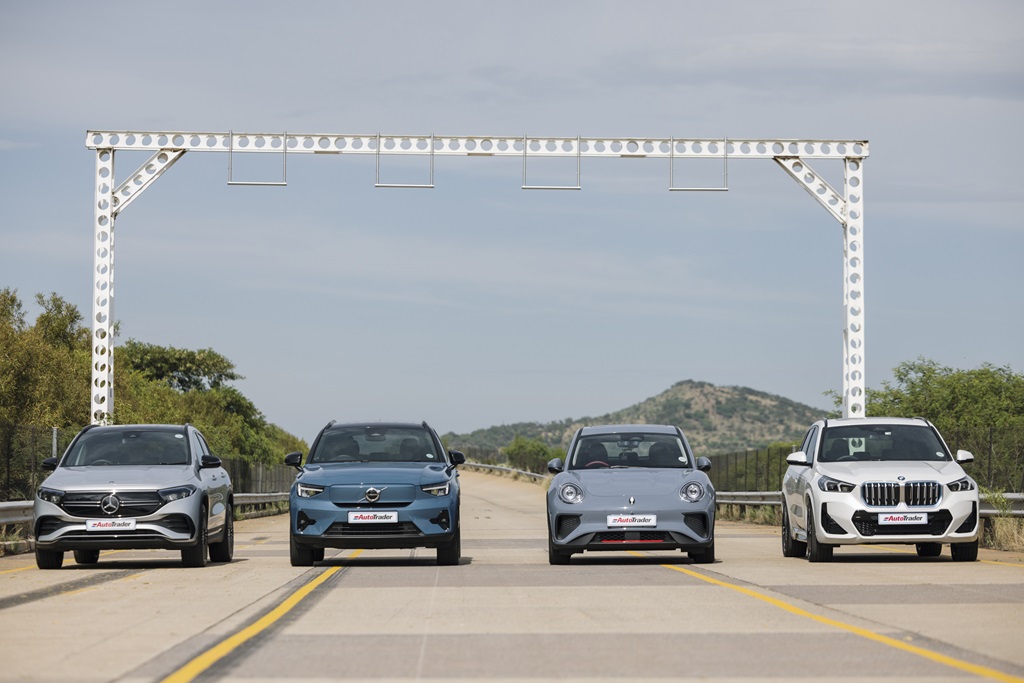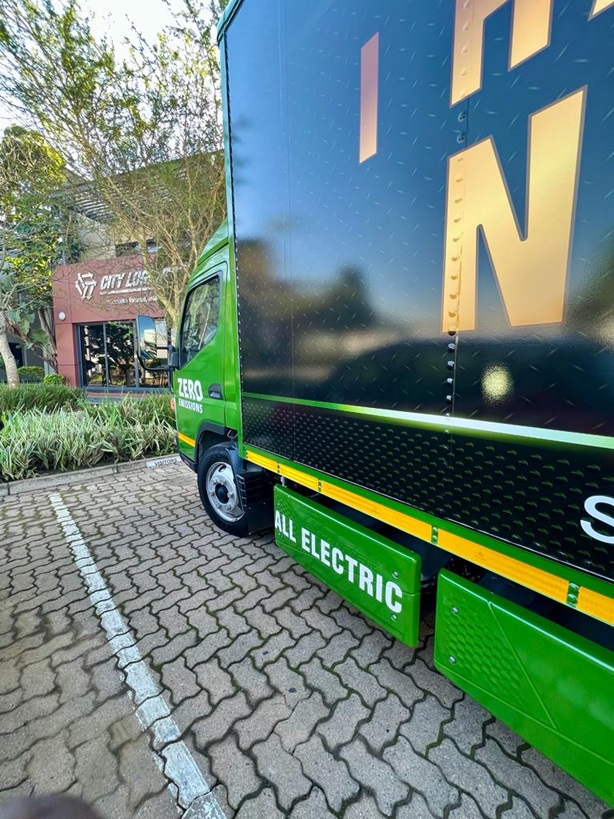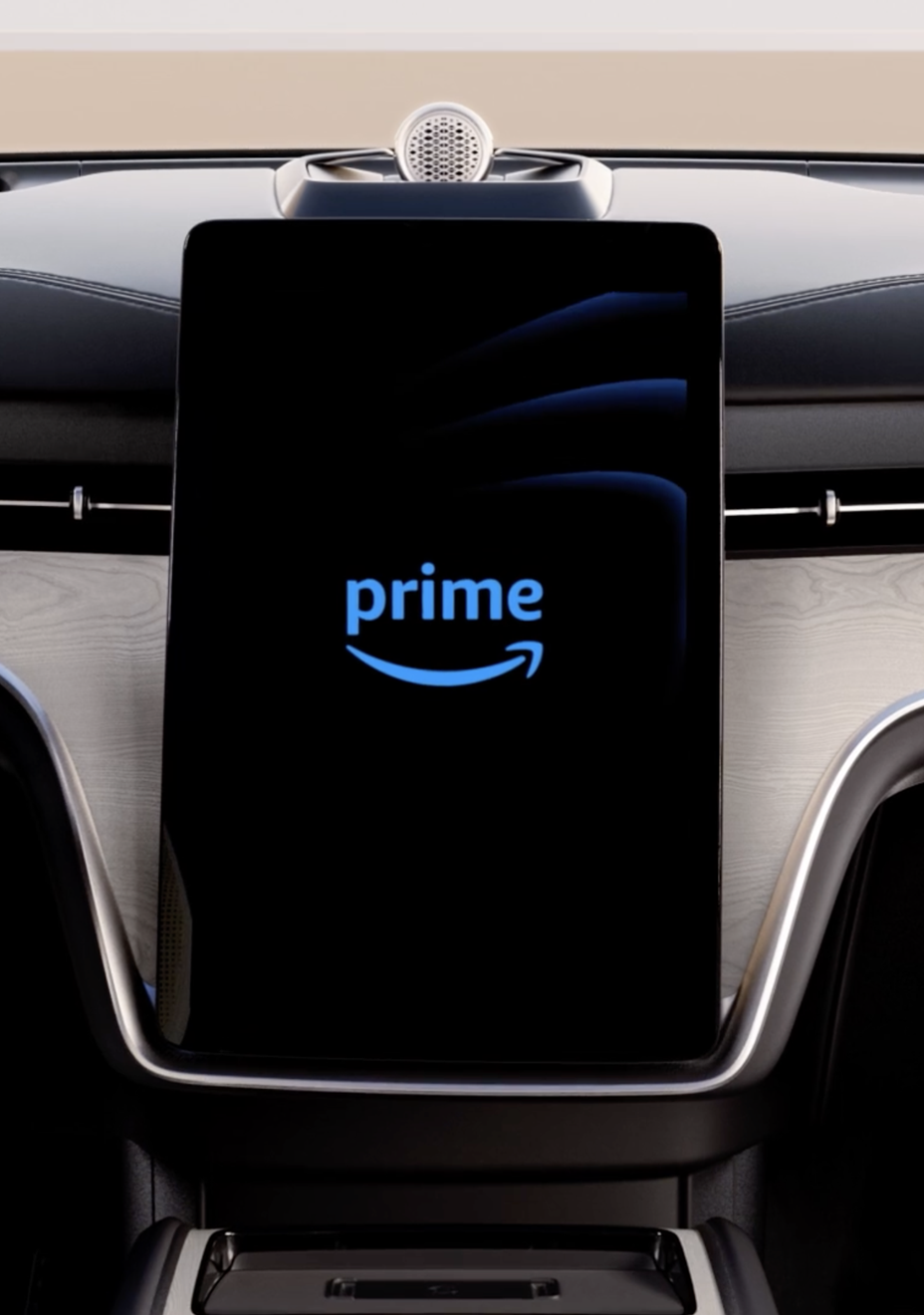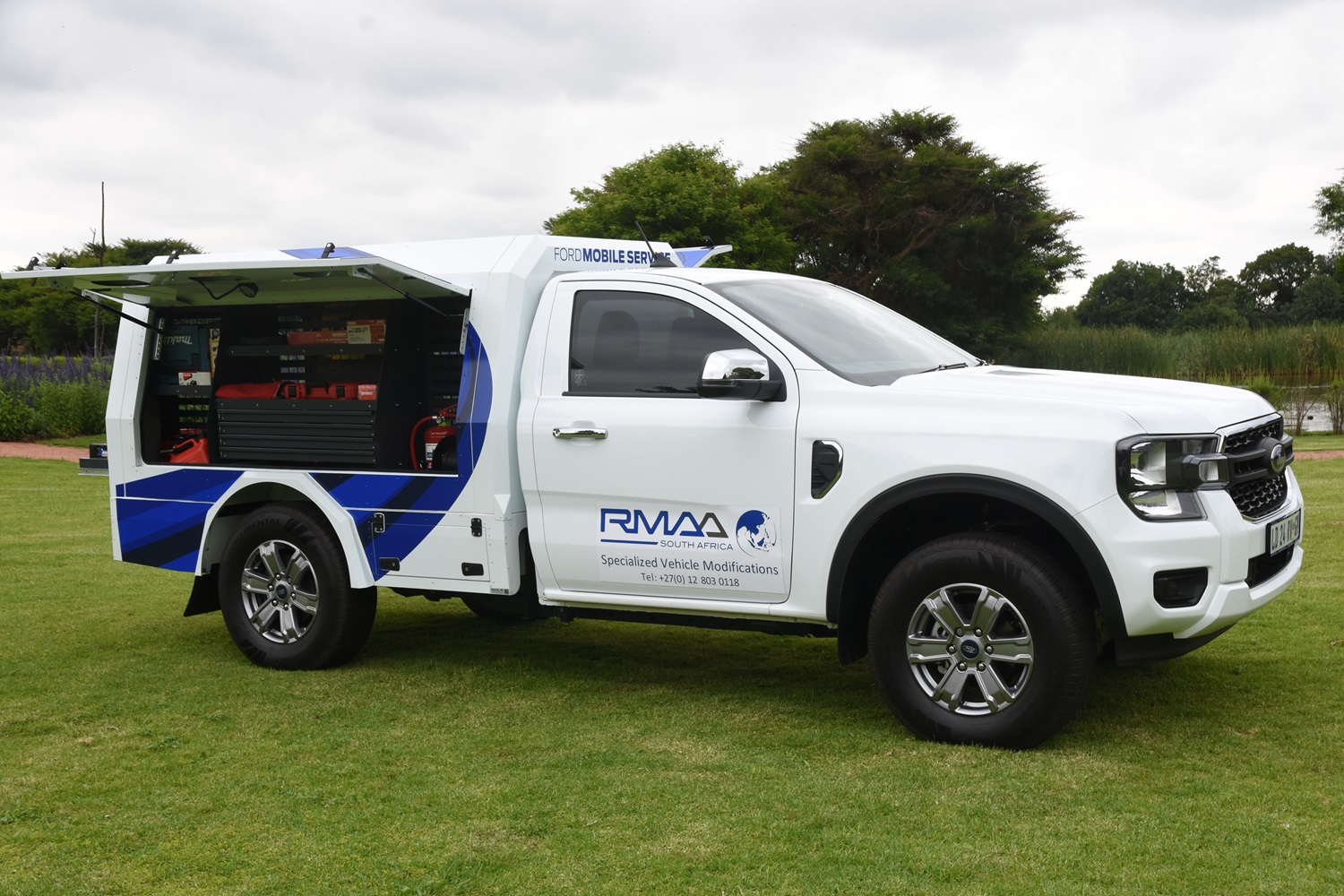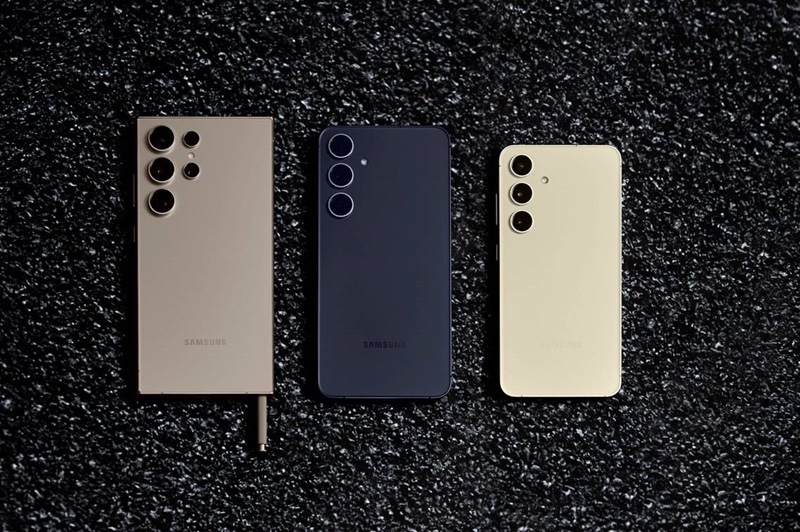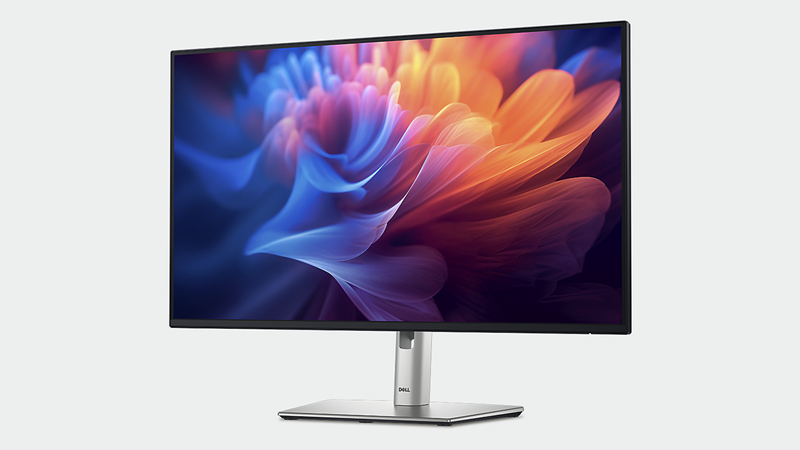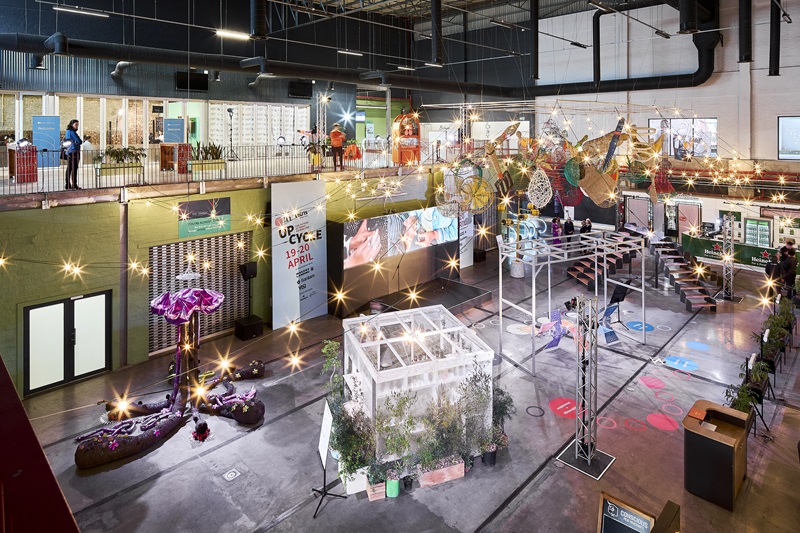Midrand, South Africa – Abarth is a racing and road-car maker founded by Italo-Austrian Carlo Abarth in 1949.
The performance brand of Fiat originally built exhaust systems for vehicles and the now-famous association with Fiat began in 1952 when the Abarth 1500 Biposto was built on a Fiat platform.
Abarth vehicles were renowned for their high-performance and power whilst being small and agile. Carlo Abarth’s performance modified cars achieved huge success in competitions and took many records in the process. In the 1950s and 1960s, the Abarth brand continuously made a name for itself in the public eye as the synonym for sport, tuning and performance, changing the sports car world.
Today the Abarth brand still maintains its unique DNA, and represents performance, great driving pleasure and sporty appeal. By and large Abarth vehicles are still hand built in Italy.
Karl Alberto Abarth
Born in Vienna, Austria on November 15, 1908, Karl Alberto Abarth was the founder of one of the World’s best known performance car tuning firms. His Austrian heritage aside, Abarth later adopted Italy as his home and changed his name to the Italian equivalent of Carlo.
At the age of 16, Abarth began an apprenticeship at Castagna in Italy designing bicycle and motorcycle chassis. He returned to Austria at the age of 19, and took a job with the then famous motorcycle racer, Joseph Opawsky at Motor Thun Motorcycles, preparing and testing their race bikes. Abarth’s first break in racing came about when the factory rider fell ill and he was offered the race ride in his place. Abarth set the fastest lap during testing but was forced to ride a replacement machine that suffered a mechanical failure mid-race. Abarth suspected sabotage as his success wasn’t well received by the other riders in the team and he subsequently left Thun.
Soon thereafter Abarth bought a second-hand 250cc Grindley-Peerless British motorcycle which he stripped down and modified. His first race victory came at Salzburg on 29th July, 1928; a remarkable result considering he was responsible for his own mechanical backup.
The following year Abarth built his first motorcycle carrying the Abarth name. This pioneering water-cooled two-stroke clearly demonstrated his engineering genius, and by his mid-twenties, Abarth had amassed five European Championship titles.
Abarth was forced to abandon motorcycle racing following a serious accident in Linz in1933, but continued racing with a sidecar of his own design on which he won many races. In 1934, he raced the Orient Express train on the 1,300 km stretch from Vienna to Ostend. Abarth’s first attempt was unsuccessful however on his second attempt, just two weeks later, victory was his after beating the train by more than 20 minutes.
Abarth was forced to end his racing career in 1939 after a second, more serious accident in Yugoslavia. At this time, Abarth turned his attention to the tuning of cars. Through his business contacts with renowned racing driver Tazio Nuvolari, as well as being a Porsche family-friend, he, along with engineer Rudolf Hruska and Piero Dusio established the Compagnia Industriale Sportiva Italia (CIS Italia, later becoming Cisitalia). Abarth had moved permanently to Italy in 1934, where he met Ferdinand Porsche’s son-in-law Anton Piëch and the two opened the Italian Porsche Konstruktionen agency.
The first automobile born of this cooperation was the somewhat unsuccessful Tipo 360 F1 prototype. The revolutionary single-seater car boasted a ground-breaking design that included a complex four-wheel drive system and a mid-mounted, twin-supercharged 1,493 cc flat-twelve engine producing well in excess of 300 bhp. The project suffered from under-funding before realising its full potential and the CIS Italia project ended in 1949 before the car could turn a wheel in competition. The links with Porsche continued, however, into the 1960s.
Using the remnants of the Cisitalia company, Carlo Abarth founded Abarth & C. S.r.l with Armando Scagliarini (father of Cisitalia racing driver Guido Scagliarini) in Turin on 31st March 1949 using his astrological sign, Scorpio, as the company logo.
The company’s mission statement was: “The production of cars and complementary aggregates for sport and racing cars, as well as changes and improvements to sports and racing cars, servicing, manufacture of mass-production tools, agency services and the sale of fuels for race cars.”
Abarth created his own racing team – “Squadra Abarth” – utilising a D46 single-seater, two 204 Spiders and two incomplete cars from the remains of Cisitalia. The company signed famous names such as Tazio Nuvolari, Bonetto, Cortese, and Duberti and at the sixteenth Mille Miglia in 1949, Abarth lined up with four cars. One of the cars took second place in its class and fifth place overall. In the company’s first year, the Abarth 204 A Roadster won the Italian 1100 Championship and the Formula 2 title.
Tazio Nuvolari won a thrilling victory in the Palermo-Monte Pellegrino hill-climb on the 10th April 1949, driving a 204 A Spider. Unfortunately, it was to be his last, as ill health forced him into retirement.
As a way of funding his racing activities, Abarth used his experience with motorcycle exhausts to develop a new type of car silencer. A range of exhaust silencers tuned to specific vehicles were created and presented in a matt black finish with chrome-plated tips. In spite of the high asking price, this new, highly visible upgrade was fitted to thousands of vehicles. Abarth now employed over 40 people, and by 1950 had sold over 4,500 exhaust systems. By 1962, global sales would reach nearly 260,000 units.
1950’s
Interest was soon shown by several car manufacturers, including Alfa Romeo, Maserati and Ferrari, and by 1952 Abarth was supplying exhaust systems for the Ferrari GT and World Championship cars.
Abarth began his now-famous association with Fiat in 1952, building the Abarth 1500 Biposto on Fiat mechanicals. In the 1960s, Abarth was also successful in hill-climb and sports car racing, mainly in classes from 850cc up to 2000cc, competing with Porsche 904 and Ferrari Dino.
In 1955, Abarth created a small, affordable sports car using the new Fiat 600’s underpinnings and a 750 cc engine developing more than double the original car’s power. Abarth also re-bodied the car using two Zagato-designed body styles – the Fiat Abarth 750 Zagato and Fiat Abarth 750 GT Zagato.
Abarth also produced a range of conversion boxes (cassetta di transformazione) which contained all the conversion parts for a standard Fiat. These conversion kits, packaged in stylish wooden crates, were expensive but included everything necessary: crankshaft, camshaft, pistons, piston rings, intake and exhaust manifolds, valves, radiator, gaskets, carburetor, exhaust, filters, pipework, belts, tools, oil, chrome badges and instructions. Tuning shops catering for the growing needs of motoring fans flourished thanks to multiple victories under the sign of the scorpion.
In June 1956, Abarth drove a 750 with a body specially designed by Bertone, at Monza and set a series of records. Travelling 3,743km at an average speed of 155 km/h, Abarth broke the 24 Hour record. He went on to break the 5,000 km, 10,000 km, 5,000 miles, 48 Hour and 72 Hour records just a few days later.
At the 24th running of the famed Mille Miglia in 1957, 20 Abarth cars represented the 750 class – 16 of them finished the race, with Abarth models covering first, second and third places.
With the launch of the new Fiat 500 in 1958, Abarth created his masterpiece. The car was designed by Dante Giacosa around the principles of simple construction and low production costs, and although the car featured near-standard bodywork, Abarth increased the 479 cc engine’s compression ratio (from 6.55:1 to 10.5:1), a Weber 26 IMB carburetor was fitted, and the intake and fuel systems were optimised. Together with a tuned Abarth exhaust, power was doubled.
A number of these cars were sent to the Monza circuit for testing, and for seven days and nights, the 500 Abarth rewrote the history books. Covering a distance of 18,186 km at an average speed of 108 km/h, the 500 Abarth broke six international records, nearly one every day. Abarth proved that small runabouts could be used as the basis for fast and reliable racing cars, and for them, a new phrase was coined: “Small but wicked.”
Abarth strengthened its partnership with Fiat and was rewarded financially on the basis of the number of race victories and records set by Abarth-modified Fiats. Thanks to the low cost of the cars, Abarth and its growing privateer following entered countless race series, notching up unparalleled victories.
1960’s
In the 1960’s Abarth became a byword for performance, upgrades and victory.
The 1960 Fiat 600D boasted a new 767 cc four-cylinder unit producing a modest 29 bhp. Abarth bored and stroked the engine to 847 cc, upping power to an incredible 57 bhp with the highest compression ratio option. Maximum torque was also increased while the 140 km/h top speed was as fast as saloon cars twice its size. Branded the Abarth 850 TC (Turismo Competizione), the car was entered into the ‘Touring Competition’ class. However, to comply with the 1961 homologation requirements, Abarth had to factory-build 1,000 units before the end of the year – a target the company was just able to meet.
The 850 TC was also available in kit form including a replacement crankcase, crankshaft, lighter pistons and connecting rods, a new re-profiled camshaft, a Solex carburetor, a new exhaust system, plus all the necessary parts to complete the kit’s installation. The famous front-mounted radiator, needed to keep the larger engine cool, was available as an option, as were up-rated brakes and larger wheels.
Kits installed by Abarth benefitted from strengthened suspension springs, front disc brakes, an extra radiator, an Abarth steering wheel, and special hinges that allowed the rear engine lid to stay open – increasing the vehicle’s aerodynamic performance.
On the track, the 850 TC enjoyed countless victories – winning it’s class in the 24 Hour race at Le Mans in June 1961, collected titles for the European Touring Car Challenge in ’65, ’66, and ’67, and picked up six successive Manufacturer’s Championship titles. When the 55 bhp 850 TC won the grueling 500 km Nürburgring race in 1963 – with a multitude of Abarth cars in all the top places – the victories made such an impression that the German track’s name was added to the engine cover in recognition of the car’s achievement.
Abarth expanded its partnerships with brands such as Simca, building models such as the Simca 1000 and the Simca 1300, featuring Abarth’s potent 1,300 cc twin-cam four-cylinder engine, pumping out 140 bhp.
Abarth believed the 500 could still be improved upon and, in 1963, launched the Abarth 595. With a larger, 595 cc capacity engine and a tuned fuel system, power increased to 27 bhp and the car’s top speed exceeded 120 km/h. The Abarth 595 SS, released the following year, increased power still further to 32 bhp and a 130 km/h top speed.
All Abarth models were under continuous development, and in 1964, the Abarth 1600 OT (Omologata Turismo) arrived. A derivative of the mightily successful 850 TC, with 155 bhp from its 1,592 cc four-cylinder engine, the 1600 OT had a top speed of 210 km/h and could hit 100 km/h in 7.2 seconds earning it a reputation as something of a ‘monster’ given its aggressive character.
By the middle of the 1960’s, Scorpion-branded race cars were cutting a swathe through the competition. In 1965, Abarth notched up almost 900 victories. However, the packed race calendar and increasing costs took their toll, particularly on the privateers. The Abarth 850 TC Corsa cost 1,525,000 lire in May 1965 but, after the company’s decision to implement the same changes that had been introduced on the official team cars, this almost doubled six months later.
Around this time, Carlo Abarth returned to the track with the target of record setting once again. On October 20th, he set the acceleration record over a quarter mile and half kilometer at Monza, driving a Fiat Abarth 1000 Class G single-seater. The next day, he set the same records for the higher Class E in a 2000 cc single-seater. At the time Abarth was 57 years old and had to shed 30 kg in order to be able to fit in the cramped cockpit.
Hans Herrmann was a factory driver from 1962 until 1965, winning the 500km Nürburgring in 1963 with Teddy Pilette. Later, Johann Abt was promised by Carlo Abarth that he could drive a factory car for free if he won all the races he entered-which Abt nearly did, winning 29 of 30, the 30th being a second!
Success continued for Abarth in the late 1960s. Even in the face of resistance from race officials and associations who continually tried to curb the company’s triumphant run, Abarth continued to produce race-winning cars such as the Fiat Abarth 1300 OT, the Fiat Abarth 1000 SP, and the Fiat Abarth 2000 Sport Spider.
1970’s
During the 1970s, vehicles built by Fiat or its subsidiaries Lancia and Autobianchi were co-branded Abarth, the most famous being the Autobianchi A112 Abarth. Probably the most popular “boy racer” vehicle of its time on account of its low weight and price, the A112 would be the last car that Carlo Abarth was actively involved with, and it enjoyed its own competitive success in rallying and a one-make series, and remained in production until 1986.
Towards the 1970s, the company’s management style focused more on achieving victory than returning a profit, resulting in a merger between Abarth and Fiat in August 1971, The racing team was sold and Abarth became the racing department of Fiat.
Abarth became Fiat’s rally preparation arm achieving second places in the world championships of 1973, ’74 and ’75, and a historic finish to the 1974 Rally of Portugal where 124 Abarth Rally models took the first three places.
The Fiat 131 Rally took over in 1976, taking first place at the Elba Island Rally and 1000 Lakes Rally in Finland, and competing until 1980, having achieved three World Constructor Championship title wins.
Carlo Abarth died on October 23rd 1979, aged 71 due to severe illness leaving an astonishing legacy of 10 world records, 133 international records and over 10,000 track victories.
The Abarth name continued into the 1980s, with rallying success under the Lancia banner and sales success with the Fiat Strada Abarth 130 TC, powered by a 2.0-litre twin-cam engine with twin-choke carburetors and a healthy 130 bhp output. Unfortunately, this great brand descended into mediocrity during the 1990s, with an increasingly cynical range of badge-engineered products.
In 2007, the Fiat Group re-launched Abarth & C SpA, complete with new, purpose-built premises at the Mirafiori complex in Turin, known as Officine 83.
The motorsport, design and manufacturing divisions, along with the revered Abarth Racing Team, are currently housed in the 23,000m2 Officine 83 building, which took a mere eight months to construct. It houses more than 100 employees.
Since 2014 Abarth has supplied engines to the FIA Formula 4 racing series, an open-wheel racing car category intended for junior drivers. Formula 4 has no global championship, but rather individual nations or regions can host their own championships within a universal set of rules and specifications. These engines are race prepared derivatives of the 1.4-litre MultiAir Turbo engine found in various Abarth, Alfa Romeo, Fiat and Jeep models.
Currently the Abarth-engined cars participate in numerous national events such as the German and Italian series, with notable drivers such as five times Formula 1 World Champion Michael Schumacher’s son Mick who has participated in the German Championship for the past two years.
According to the homologation requirements the engine must last at least 10,000 km and have a maximum purchasing price of ?9,500. According to the FIA only four cylinder engines with unlimited capacity are allowed with either normally aspirated or turbocharged engines and the power output has been maximized at 160hp.
Abarth Today
The current Abarth range includes the Fiat 500 based 595 in Corsa, Turismo and Competizione variants with the choice of two body styles; hatchback and cabriolet, as well as the recently launched Abarth 124 Spider which is the brand’s top-of-the-range offering.
Abarth produced vehicles:
| Fiat 500 Abarth | Fiat Abarth 750 |
| Abarth 1000 TC (Fiat 600 Abarth) | Abarth 204A Berlinetta |
| Abarth 1500 Biposto | Abarth Simca 2000 – coupé |
| Abarth 204A Berlinetta | Abarth 205A Berlinetta |
| Alfa Romeo Abarth 2000 Coupe | Abarth 207A Spyder |
| Porsche 356B Carrera GTL Abarth | Abarth Simca 1300 GT |
| Fiat Abarth 850 TC Berlina | Fiat Abarth OT1000 |
| Fiat Abarth OT1600 | Fiat Abarth OT2000 Coupe |
| Fiat Abarth Zagato 750 Record Monza | Fiat Abarth Zagato 750 Record Monza Bialbero |
| Fiat Abarth Allemano 750 Spider | Fiat Abarth 1000TCR Berlina |
| Autobianchi A112 Abarth | Fiat Abarth 595 SS |
| Fiat Abarth 695 SS | Abarth OT 1300 |
| Abarth Monomille | Fiat Ritmo 125 TC Abarth |
| Fiat Ritmo 130 TC Abarth | Fiat 124 Abarth Rally |
| Fiat 131 Abarth Rally | Abarth 500 |
| Abarth 500 SS | Assetto Corsa Rally |
| 695 Tributo Ferrari | 695C Edizione Maserati (499 Units) |
| Abarth Grande Punto (2007) | Abarth Grande Punto SS (2007) |
| Abarth Punto Evo | Abarth Punto Supersport (2012-2013) |
| Abarth 500C | Abarth 695 Biposto |
| Abarth 595 | Abarth 124 Spider |
Cars not produced by Abarth but with Abarth badges
| Fiat Uno Turbo Mk2 (Abarth) | Fiat Bravo GT/HGT (Abarth) |
| Fiat Stilo (Abarth) | Fiat Punto (Abarth) |
| Fiat Cinquecento Sporting (Abarth) | Fiat Seicento Sporting (Abarth) |









